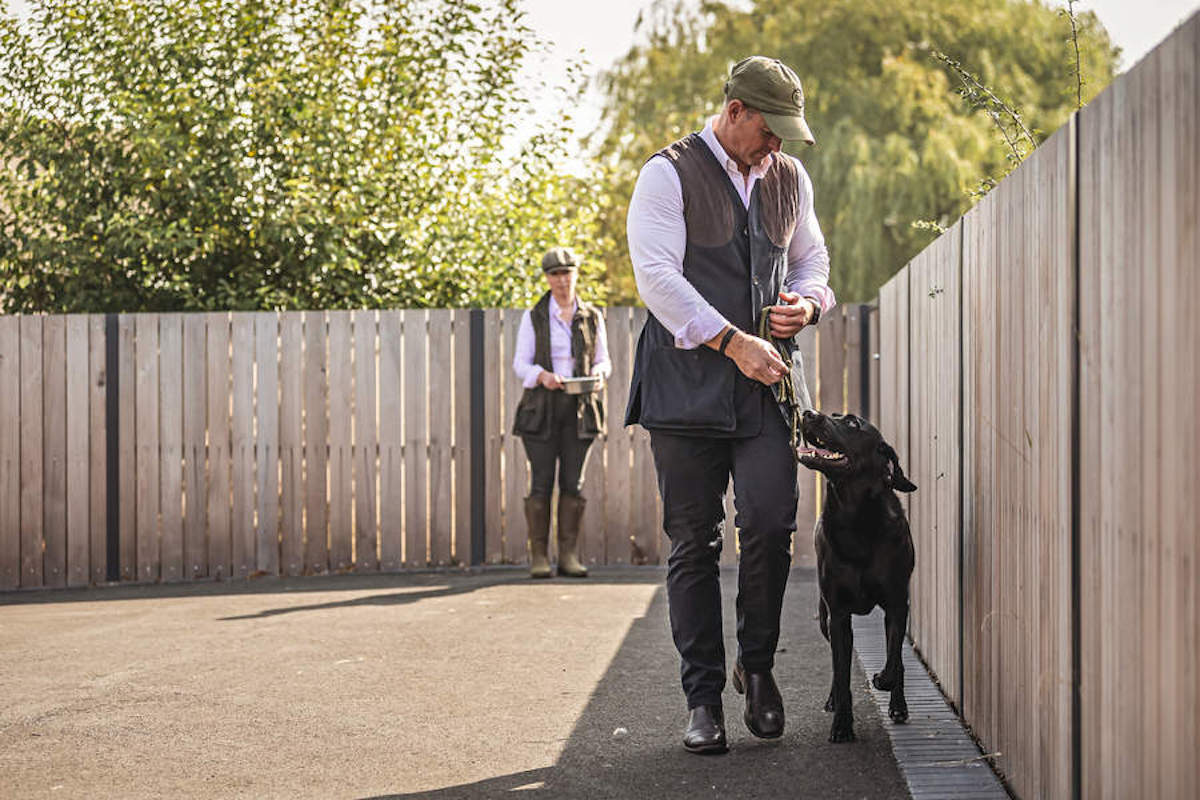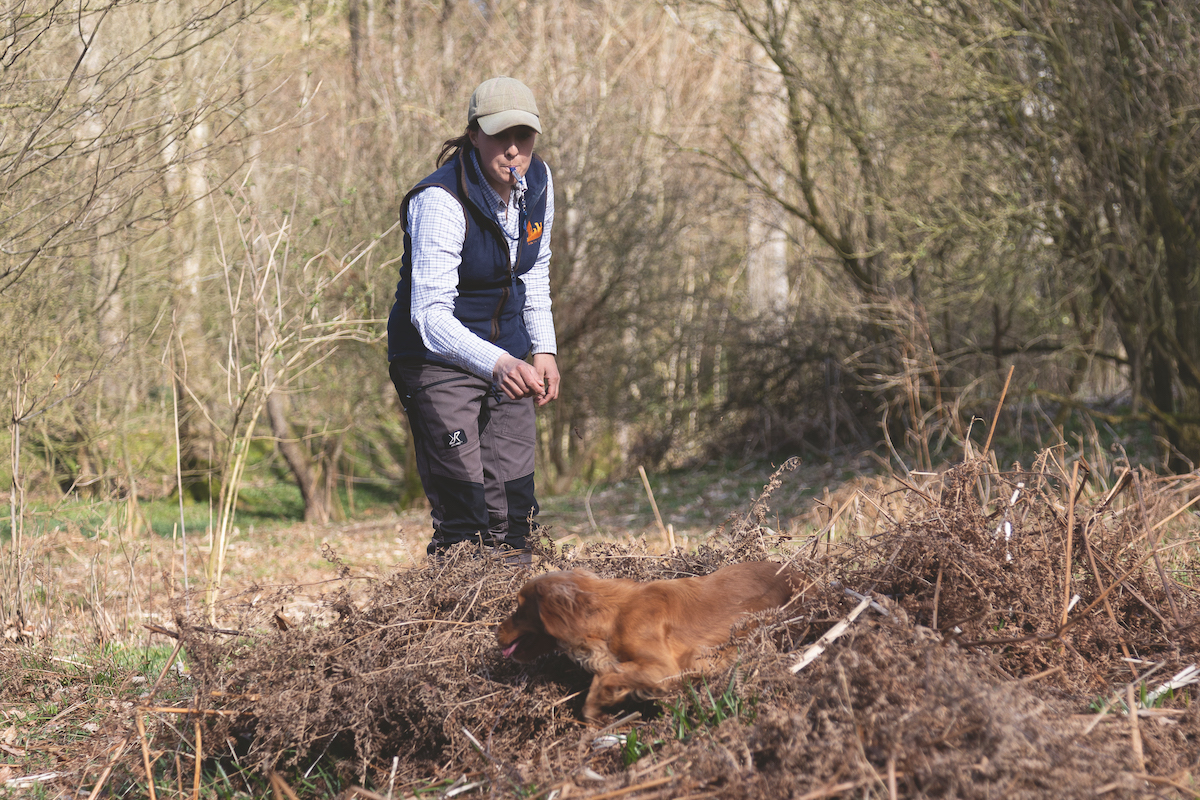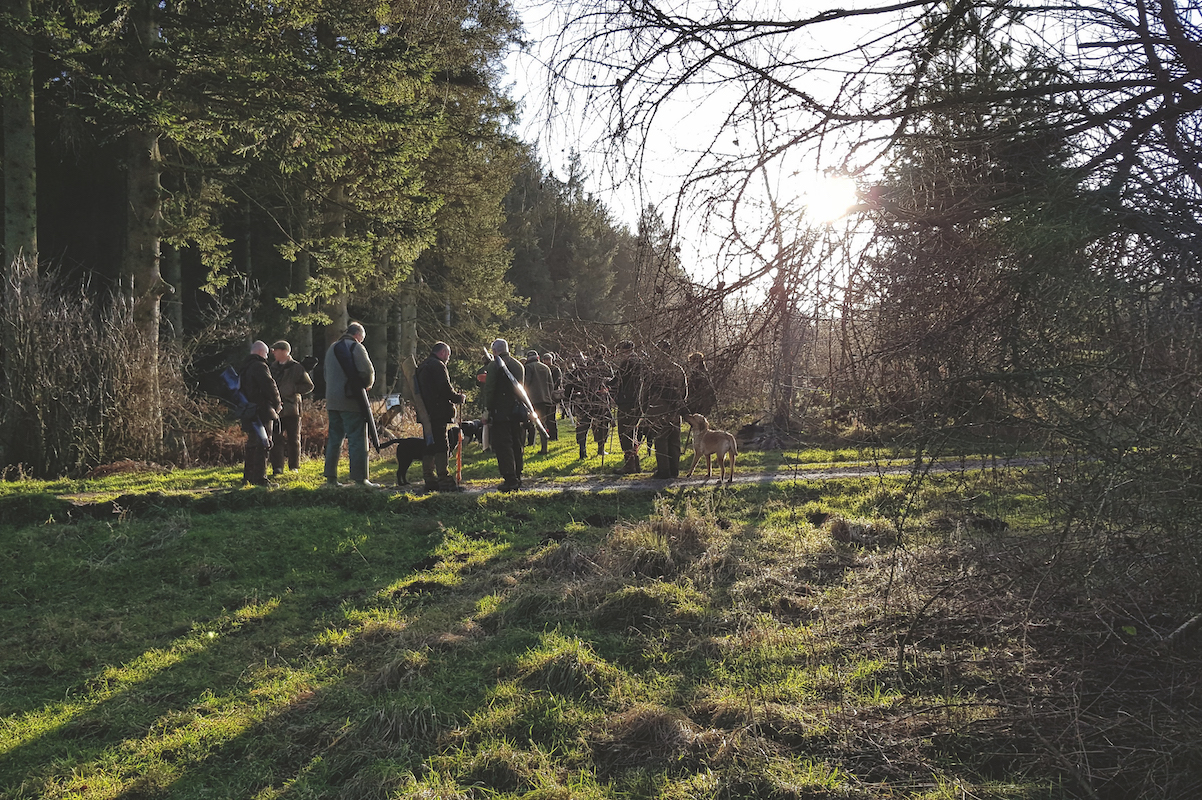How to teach your gundog to walk at heel
Want your gundog to be 'glued' to your side? Read Paul Rawlings's tips here.

Walk at heel training for gundogs needs to be nailed before you even think about going out in the field. You can start gently when the dog is a small puppy.
A dog that is reliable at heel work is safer. You won’t need to have a lead to keep your dog with you, it will be resting its head against your knee.
The important thing is not to rush things. Take things slowly – do a few minutes a day, a few times a day. Five minutes a session is plenty. After that the dog will lose focus.
Choose a side
If you carry your gun over the crook of your right arm, it makes sense to teach your dog to walk just behind your left knee, and vice versa.
Walk at heel training for gundogs – eight key steps
- If the dog is pulling on the lead then his attention is not focused on you. You must develop eye contact with the dog so that he looks to you for instruction rather than trying to make him do things. (Read our guide to the best slip leads.)
- Treats can be invaluable for developing eye contact. (Read more on eye contact with dogs here.)
- Teach the dog to sit using your voice and a hand signal. Lure his head with a treat concealed in your hand, and when he is looking at the hand, which should be positioned in line with his eyes and yours, then give him the treat.
- Practice this until the dog is focusing on your hand, then delay the treat and his eyes should be set on yours.
- Once he has become focused, you do not need to treat him every time, but make him earn it.
- Sit him at your side with a slack lead, move your right foot forward, tell him to stay and use the hand signal as before.
- Slap your left leg as you move it forward and give the heel command, luring him to your side with a treat in the hand and giving it to him as he looks up at you.
- That is the first step to heelwork. Gradually progress to teaching two steps, then three, then four, until he will follow by your side, focused on you and with no pulling.
Be persistent and consistent. It will take time but is worth it.
This article was originally published in 2014 and has been updated.








